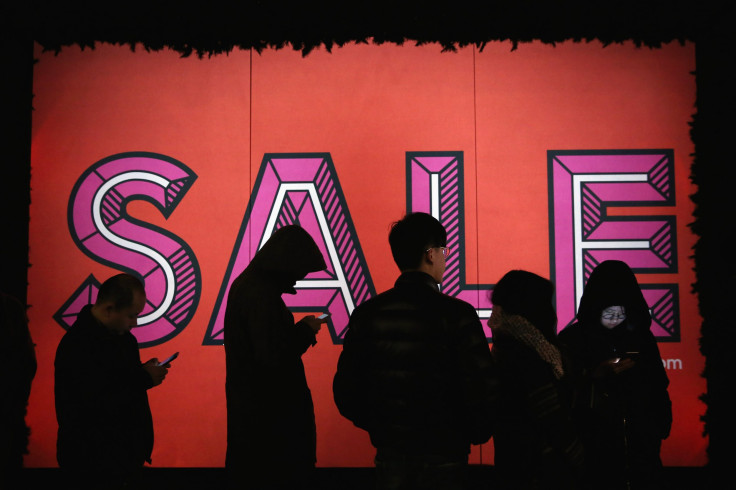Can In-Store Technology Slow The Retail Apocalypse?

Going to a store or restaurant used to be a purely in-the-moment, physical experience. You might browse a retailer's shelves and racks; in an eatery, you'd peruse a static menu before telling an employee what you wanted, then handing them cash or a credit card to pay.
In recent years, however, people visiting brick-and-mortar establishments have increasingly come to expect options for a more digital experience. You can, for example, order and pay for your coffee and food through Starbucks' mobile app before you even walk in the door. Visit your local Walmart, and the retailer's app will not only tell you if the item you want is in stock, but just where in the superstore you should go to find it.
This article originally appeared in The Motley Fool.
It's all part of a natural response by legacy businesses to the so-called retail apocalypse -- the ongoing shift of more sales into the digital realm: Retailers and restaurateurs looking for advantage in the new environment are embracing the digital even in their brick-and-mortar locations. And based on a new study from Boomtown, a provider of software and services for more efficient technology support, that strategy is just what their customers are looking for.
Consumers (Mostly) Want Digital
According to the report -- "The Digital Forward Customer Experience: New Expectations and Obstacles for Today's Storefront" -- 46% of those surveyed said that "positive experiences due to well-functioning technology" give them greater confidence in a brand. Almost the same percentage of respondents (44%) said that a good tech experience would lead them to make more frequent visits, while 28% said they would be less confident in a company, and visit its outlets less often, if they had poor technology experience.
Respondents showed a strong preference for brands that make widespread use of advanced, reliable and intuitive technology. These "digital forward" companies -- among them Walmart, Target, Best Buy, Shake Shack, Chipotle -- and are gaining the business and loyalty of today's consumers.
Technology, the survey found, is drawing customers to larger chains over smaller, locally owned businesses. Among the respondents, 57% described having "a range of digital payment options" as a critical factor when they choose where to shop, and 50% felt the same way about being able to order online and pick up the purchases in store. Almost the same percentage (49%) were strongly in favor of having a self-checkout option.
Of course, high-tech solutions also come with risks to the companies that adopt them. More than 80% of respondents said they've experienced difficulties at retail stores and restaurants due to faltering technology.
"These findings confirm that the digital transformation of the consumer experience is fully underway and that businesses -- from small, regional shops or restaurants to national, consumer-facing chains -- must invest in their technology to court and keep consumers," said Boomtown CEO Alfred Kahn IV. "But, investment in technology-driven customer experiences creates complexity and risk, offering the opportunity to please the customer but potentially imperiling customer relationships if the promise falls short."
What Can Retailers And Restaurants Do?
Smaller chains and local entrepreneurs should play follow the leader. You almost certainly won't be able to out-innovate a Starbucks or a Walmart, but you can watch their expensive attempts to develop new ways to connect with consumers, and then adopt those methods that prove successful, and are appropriate for your operation.
That might mean signing up with a platform provider like Shopify so you can offer some of the same technological bells and whistles that bigger players do. It may also involve doubling down on in-person or human-based customer service. An app can show a customer where an item can be found, or it can let them pay for it without standing in line. But live staff are still better at listening to customers describe problems and recommending the right items to solve it, telling someone whether or not a potential new outfit fits them well, or suggesting that they might like a new menu item in a way that doesn't feel so much like a marketing pitch.
Odds are, it's going to take both better technology and higher-quality customer service for brick-and-mortar businesses to avoid becoming victims of the retail apocalypse.
Daniel B. Kline has no position in any of the stocks mentioned. The Motley Fool owns shares of and recommends Starbucks. The Motley Fool has a disclosure policy.





















